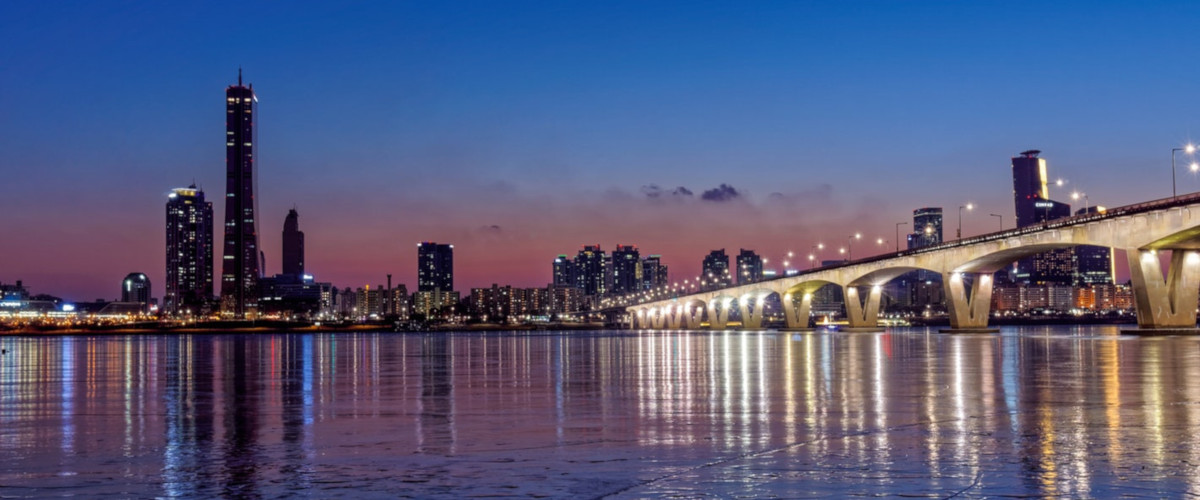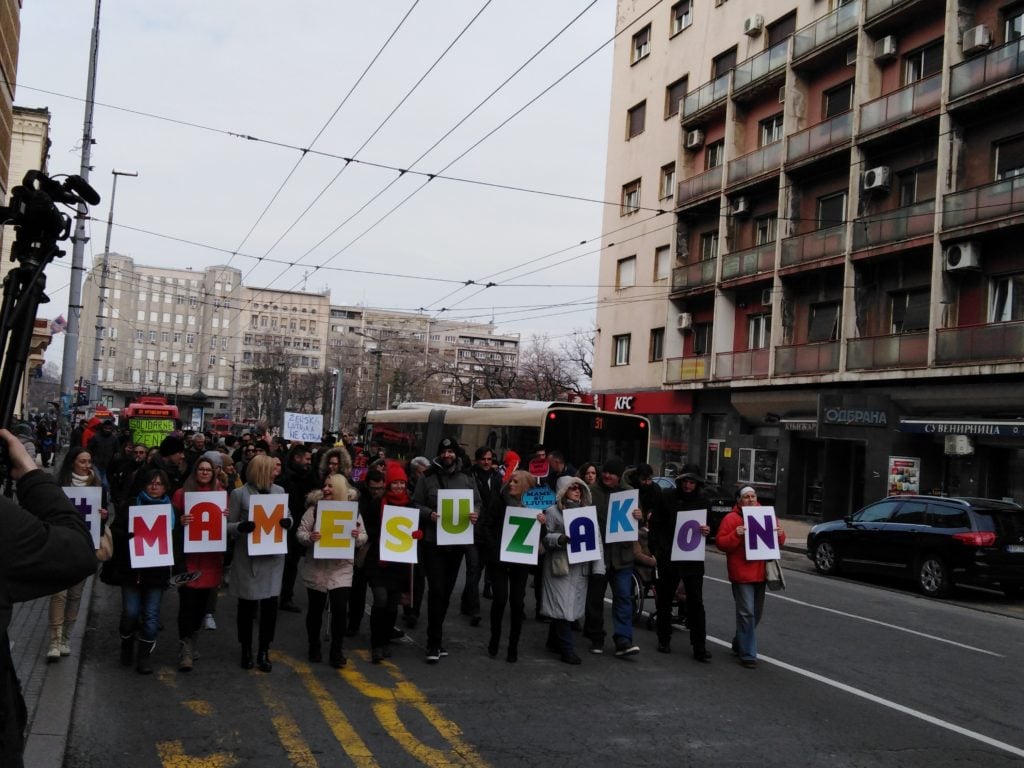
Abuja, Nigeria (Photo Credit: Ovinuchi Ejiohuo on Unsplash )
Corruption, either directly or indirectly, is the bane of poverty in Nigeria, various reports and researches have suggested. The Corruption Perceptions Index, released annually by Transparency International (TI), also gives credence to the pervasive corruption in the sub-Saharan country. Nigeria has always floated at the bottom of the list, among the most corrupt nations in the world.
It is not surprising that just as the country continues to rank very high on the index, there is a proportionate decline in the Human Development Index released every year by the United Nations Development Programme (UNDP). This goes without saying that as resources meant for human development are being feathered away, Nigerians sink into a deeper abyss of poverty.
Evidently, a report by Brookings Institute crowned Nigeria ‘the poverty capital of the world’, taking over India, a country with seven times the population of Nigeria. Their findings were partly based on data drawn from The World Poverty Clock.
Interestingly, Nigeria found herself in this hole despite large-scale poverty alleviation programmes of successive governments. Development consultant and public analyst, Jide Ojo, opined that apart from obvious corruption and lack of continuity of these programmes, “There is a lack of framework, legal structure or policy and proper coordination.”
Nearly 70 Per Cent Living in Poverty
In 2001, former president Olusegun Obasanjo, Nigeria’s democratic president between 1999 and 2007, launched the National Poverty Eradication Programme (NAPEP) to stem the growing rate of poverty in the country. A reported N6 billion (around €14million) was budgeted at the start of the scheme, however, the large amounts spent did not seem to reap any significant impact as poverty skyrocketed. Three years after the inauguration of NAPEP, data from the Nigeria Bureau of Statistics (NBS) as quoted by ActionAid, an international non-governmental organisation working against poverty and injustice worldwide, reveals that nearly 70 million people were living in poverty, out of just over 126 million. By 2010, when Obasanjo estimated that poverty would have been eradicated, it, in fact, worsened. There were already 112 million people living in poverty out of an estimated population of 163 million.
The failure of NAPEP and similar programmes, according to Auwal Musa Rafsanjani, Executive Director of TI National Chapter in Formation in Nigeria, is partly because the initiatives act as conduits for syphoning public funds.
“All the programmes initiated by [the] previous government and current government to address poverty were not designed to actually deal with the poverty in the country, rather they become an instrument to further syphon public funds in the name of poverty eradication,” Rafsanjani said during an exclusive interview.
This might not be mere assertion as there are numerous corruption allegations stacked against some of the poverty eradication and alleviation schemes. For instance, Nigeria’s Senate Committee on Public Affairs uncovered a whooping sum of N2.4 billion (around €5.8 million) fraud in NAPEP. It was alleged that the money, that was meant to purchase tricycles as a form of empowerment for Nigerians at the lowest rung of the economic ladder, was diverted.
By August 2008, the committee said only 500 of the 4,500 units of tricycles were bought even though the full funding was released. Similarly, the N500 million (around €1.2 million) released to purchase spare parts for the tricycles was also embezzled.
According to Senator Zaynab Abdulkadir Kure, a Nigerian lawmaker in the 6th Assembly, the scheme was a total failure despite billions being pumped into it. “Eight years after the establishment of the agency, it could not effectively impact on the lives of the less-privileged Nigerians despite the huge resources committed through appropriation and MDG funds,” Senator Kure said at the time.
Little To Show For Development Programmes Despite Billions Invested
The Subsidy Reinvestment and Empowerment Programme (SURE-P) implemented by former President Goodluck Jonathan’s administration, was not any different, as it was also blithe with heavy corruption allegations. The Jonathan-led Federal Government had on January 1, 2012, announced the removal of subsidy on the Premium Motor Spirit (PMS), stating abuse of the fund by some negligible few in the oil and gas industry. The implication of the removal was that the price of PMS would rise, which would have a direct financial impact on Nigerians, particularly the 112 million living below the poverty line. SURE-P had been set-up to lessen the effect of partial removal of petroleum subsidy on Nigerians.
During the announcement of the programme, Jonathan said he would reinvest the funds hitherto used for subsidy on social infrastructure and programmes through the SURE-P initiative. He argued that the plan, though demanded a short-term sacrifice from the populace, would lead to economic prosperity for the nation.
“I sincerely believe that the reinvestment of the petroleum subsidy funds, to ensure improvement in national infrastructure, power supply, transportation, irrigation and agriculture, education, healthcare, and other social services, is in the best interest of our people,” he noted.
Two years into the programme, the Federal Government said it had spent N280 billion (over €680 million) out of the N360 billion (around €877 million) earmarked. The government also claimed to have invested in infrastructure and health with the funds available for the SURE-P.
But, the Executive Director of Human and Development Agenda (HEDA), Lanre Suraj, stated that there was nothing to show for the programme despite billions being invested.
Suraj explained: “You can see how SURE-P was created at a time when we [Nigerians] have direct increment on the fuel pump price. The poor people were further taxed, to allegedly create that phantom poverty alleviation programme called SURE-P… and in the final analysis, there is practically nothing to show for that programme.”
Indeed, an uncontestable reality of the SURE-P investment is the various corruption allegations that have been uncovered even before the abrogation of the scheme in 2015. Shortly after the programme kicked off, Christopher Kolade resigned from his position as the chairman. Although the octogenarian, who is a former high commissioner to the United Kingdom, had earlier claimed old age as the reason he stepped down from the position, he later revealed that he resigned because of the corruption and lack of transparency in the system.
“When I discovered that there were individuals in the system that were practising something that was lower than the transparency that we went in with, I raised the issues. And I discovered that political affiliations and things made this difficult,” he said during a television interview.
In 2013, the Senate Committee on SURE-P, revealed that N500 billion (around €12 billion) out of the N800 billion (around €19 billion) meant for the scheme was missing.
A senior civil servant in Nigeria’s Ministry of Labour and Empowerment, Clement Onubuogo, is currently facing corruption trial for the alleged diversion of over N650 million (around €1,5 million) meant for the youth empowerment under the SURE-P programme.
The consequence of all these alleged stealing and embezzlement is that poverty remained at an all-time high despite acclaimed billion-naira investments to cushion the economic effect of subsidy removal.
The current Vice President of Nigeria, Yemi Osinbajo, also confirmed that the government cannot account for a single beneficiary of the SURE-P programme during the previous administration. “Who can point to one single beneficiary of the SURE-P scheme?” the Vice President asked during a recent national television broadcast.
Is It Possible to Combat Corruption in a High-Risk Corruption Country?
While it is characteristic of the present government of President Muhammadu Buhari to blame predecessors for the economic woes in the country, the Social Investment Programme (SIP) of the current administration, aimed at giving financial support to indigent Nigerians, is also not void of corruption allegations.
SIP was announced by President Buhari in 2015 to restore “livelihood, economic opportunities and sustenance for the poor across the country.” Under the programme, there are different projects, developed to address these objectives. Examples of these projects are N-Power, a scheme that employs jobless graduates and pays a stipend of N30,000 monthly (around €75); FarmerMoni, a no-interest loan scheme for farmers; Market Moni and TraderMoni, no-interest loan scheme for small scale traders and petty traders.
A report by SaharaReporters, a leading citizen journalism platform, documented various cases of corruption and petty frauds in the TraderMoni scheme, just as another investigation into the N-Power project, by TheCable Newspaper, an online newspaper, revealed corrupt activities within the system.
So, how does a government combat poverty in a high-risk corruption country like Nigeria?
The strategy suggested at the 2018 International Anti-Corruption Conference (IACC), held in Denmark in October last year, was “understanding the drivers of corruption and developing tools to manage corruption risks in a systematic way.” These include assessing implementing parties’ capacity to manage and control risks, and strengthening these when needed through the use of innovative tools.

